Disclaimer: The accuracy or reliability of any information/content/calculations contained in this article is not guaranteed. This information has been collected from various mediums/astrologers/almanac/sermons/beliefs/religious scriptures and presented to you. Our aim is only to provide information, its users should consider it as mere information. Additionally, the responsibility for any use remains that of the user himself.
Related Articles
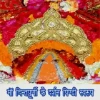
Chintpurni Devi
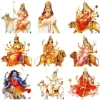
Navdurga: Nine Divine Forms of Goddess Durga
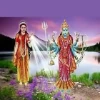
Kaushiki Devi
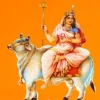
Shailputri Devi – First Durga form, worship and importance of Navratri.

Matrika: Nine divine forms of Goddess Durga
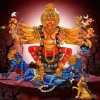
Chamunda Devi
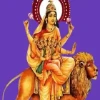
Skandamata | Fifth Day of Navratri
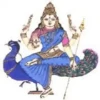
Kaumaaree Devi: The Youthful Goddess of Strength and Protection

Sheetala Devi
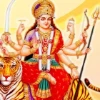
Shakti Devi

Chandi Devi
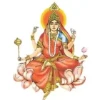
Siddhidatri Devi
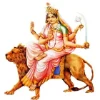
Katyayani Devi
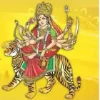
Chandraghanta Devi

Bhadrakali Devi

Ambika Mata

Shantadurga Devi
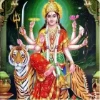
Praise of goddess durga | Durga Hai Meree Maan
Recommended collections for you
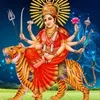
Durga Mata Bhajans And Songs | Worship Of Mother Shakti
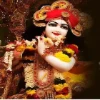
Krishna Bhajans And Songs | Radha-Krishna Devotional Music Collection

Hanuman Bhajans And Songs | Bajrangbali Collection

Ram Bhajans And Songs | Collection Of Praises Of Lord Shri Ram

Shiva Bhajans And Songs | Devotional Collection Of Bholenath
Upcoming Festivals
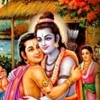
03, October 2025
Kashi Bharat Milap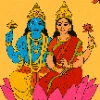
03, October 2025
Papankusha Ekadashi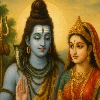
04, October 2025
Shani Pradosh Vrat